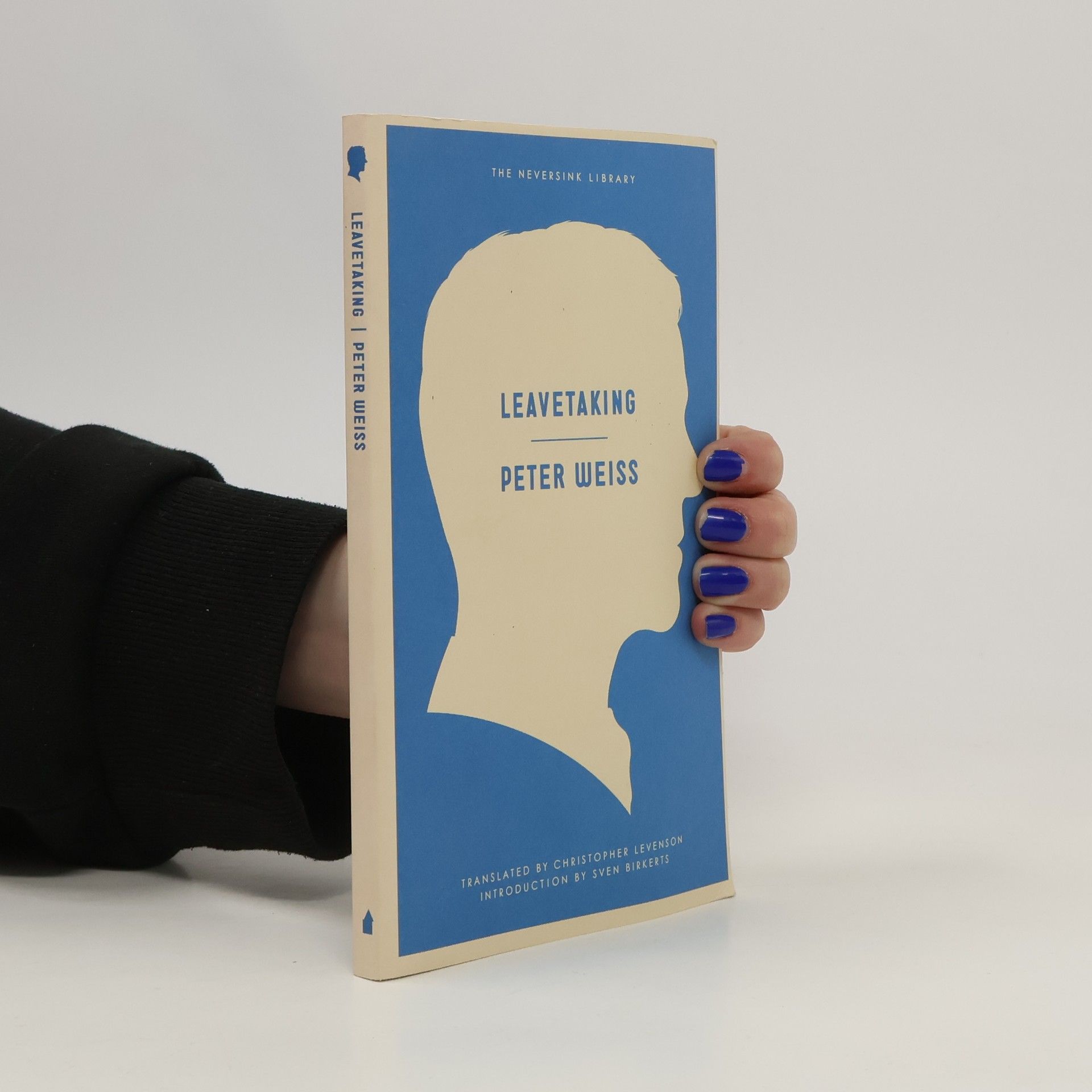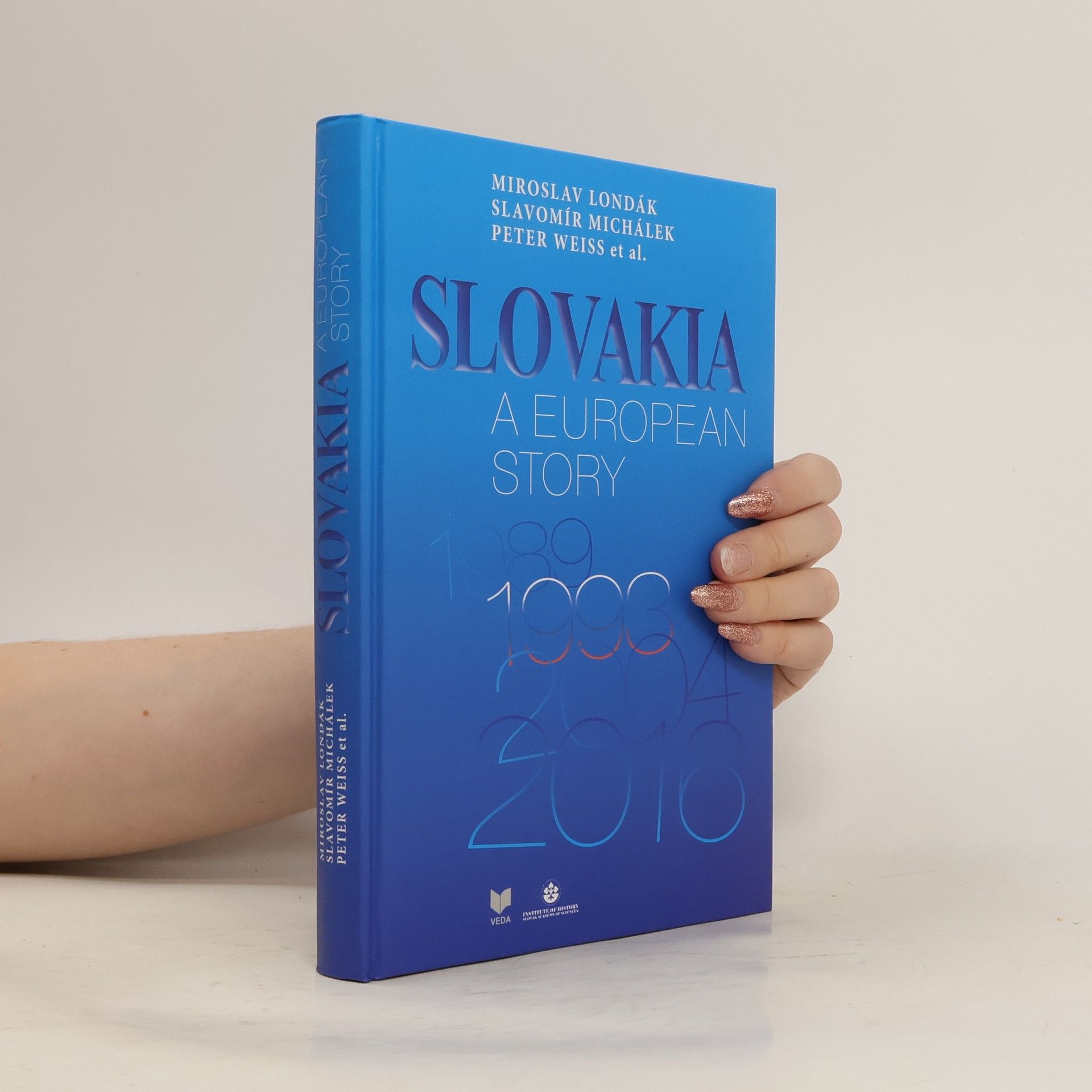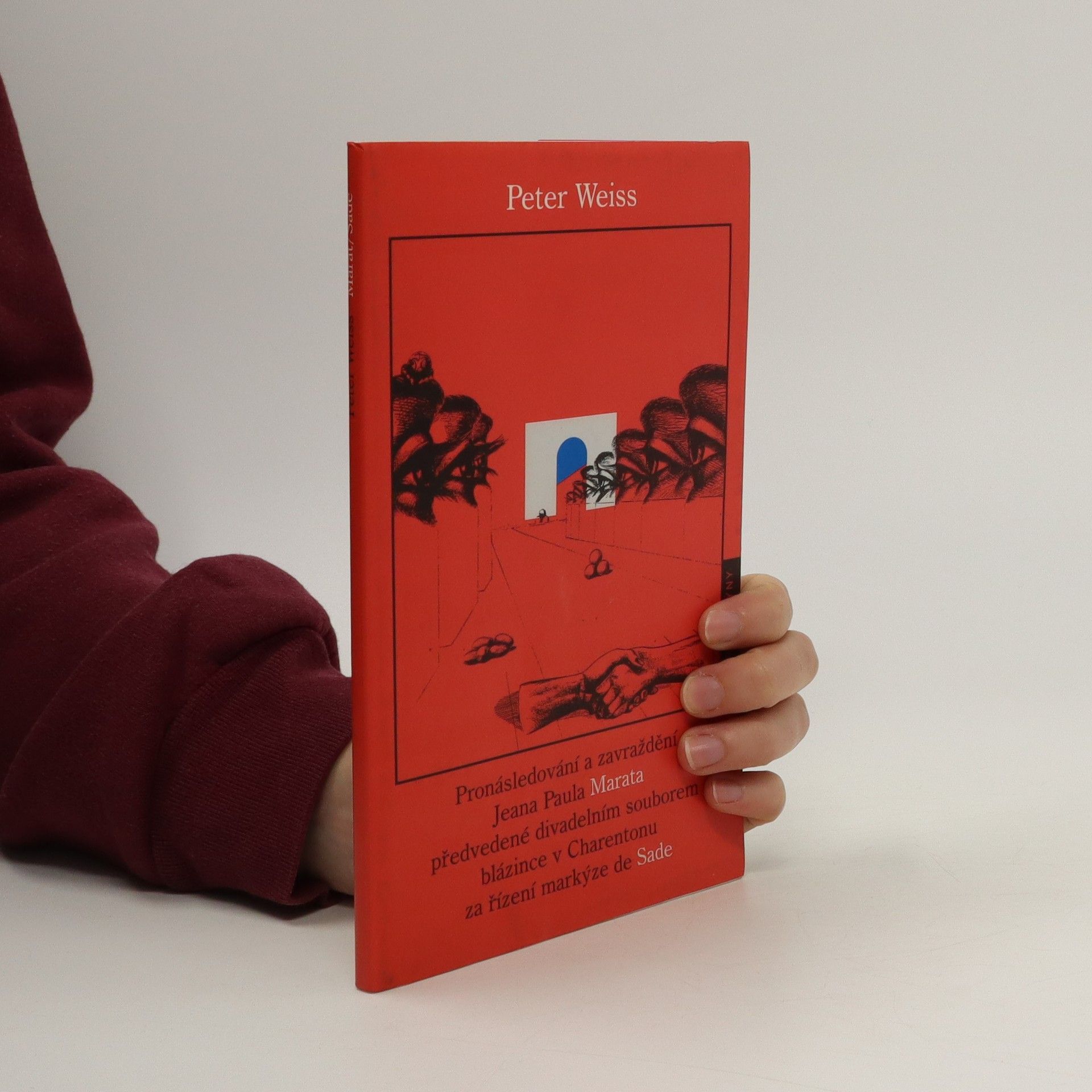Ce roman est un livre culte. Publie entre 1975 et 1981, il est considere comme l'un des chefs-d'oeuvre de la litterature du XXe siecle. La scene inaugurale: l'analyse du Pergamon dans le Berlin de 1937 entre le narrateur anonyme et ses pairs adolescents, jeunesse inquiete, qui exprime sa haine du systeme nazi galopant. La fin: les reflexions avinees et melancoliques sur l'admissible defaite de la resistante au fascisme. C'est que ce groupe se rencontre exclusivement dans des musees ou des galeries: la resistance politique est un art. Souvent comparee a la Recherche de Proust et aux Passages de Benjamin, l'oeuvre majeure de Peter Weiss (1916-1982) se resume aussi aisement que l'Ulysse de Joyce. Refus du renoncement a la resistance, elle est en creux l'une des plus subversives histoires de l'art jamais ecrite. "L'esthetique de la Resistance dont Peter Weiss commenca la redaction alors qu'il depassait la cinquantaine, faisant un pelerinage au travers des meandres arides de l'histoire culturelle contemporaine en compagnie du pavor nocturnus, terreur de la nuit charge d'un monstrueux poids ideologique, est un magnum opus qui se decouvre non seulement comme l'expression d'un ephemere souhait de redemtion mais comme une expression de la volonte d'etre, a la fin des temps, du cote des vaincus." W.G. Sebald, Luftkrieg und Literatur (2001).
Peter Weiss Livres
Peter Weiss était un écrivain et artiste allemand dont l'œuvre explore souvent les complexités des dynamiques de pouvoir sociétales et la tension entre idéologies opposées. Sa prose se caractérise par son intensité et ses éléments autobiographiques, imprégnée de détails kafkaïens qui sondent des dilemmes existentiels. Maître de la forme dramatique, Weiss utilisait fréquemment la technique du "théâtre dans le théâtre" pour disséquer et confronter de grandes idées et leurs contraires. Ses œuvres acclamées internationalement continuent de résonner par leur analyse incisive des conflits historiques et sociaux.






The Aesthetics of Resistance, Volume II
- 336pages
- 12 heures de lecture
Originally published in German in 1978 and appearing here in English for the first time, the second volume of Peter Weiss's three-volume novel The Aesthetics of Resistance depicts anti-fascist resistance, radical proletarian political movements, and the relationship between art and resistance from the late 1930s to World War II.
The Aesthetics of Resistance, Volume 1
- 325pages
- 12 heures de lecture
Regarded by many as one of the leading works of this century, this novel documents the resistance to fascism in Europe (and within Germany) during WWII.
Leavetaking
- 125pages
- 5 heures de lecture
A brilliant and brutally honest autobiographical novel, long out of print, captures the narrator's quest to escape a repressive upper-middle-class upbringing and pursue a life as an artist. This Sebaldian narrative unfolds in a single incantatory paragraph, detailing a childhood and adolescence in Berlin between the wars. The story delves into family life, marked by the early death of the beloved sister Margit, a strained relationship with parents, and the fantasies of youth, all set against a backdrop of rising anti-Semitism that forces the family to relocate frequently, intensifying the narrator's restlessness. While largely oblivious to world events, the young narrator is fixated on becoming an artist, a dream thwarted by his environment and notably by his mother, a former actress who destroys his paintings during their moves. Ultimately, he finds guidance in an older mentor, Harry Haller, a fictionalized version of Hermann Hesse, who inspires and supports him. With Haller's influence, the narrator embarks on a journey toward independence. Intensely lyrical and imaginatively powerful, this work vividly evokes a lost world and the narrator's evolving consciousness. The NEVERSINK LIBRARY celebrates overlooked and underappreciated books, presenting them in well-designed editions to enrich our culture.
Conversation of the Three Wayfarers
- 80pages
- 3 heures de lecture
The narrative unfolds through a unique three-sided monologue by the wayfarers Abel, Babel, and Cabel, who share curious incidents that intertwine their lives in a surreal manner. The prose is strikingly original, characterized by intricate sentence structures that create a captivating reading experience. This rediscovered work by Peter Weiss will resonate with fans of Kafka, Musil, and Gombrowicz, offering a delightful exploration of identity and existence through its blend of distinct perspectives.
A meticulously observed and macabre tale of hell on earth from the revolutionary German author of the famous play Marat/Sade
Alessandro Mendini
- 184pages
- 7 heures de lecture
Alessandro Mendini Mendini machte sich als Theoretiker des italienischen Avantgardedesigns und Impulsgeber für neue Tendenzen verdient. In den späten 1970er Jahren entwarf er Möbel, die das Bild des italienischen Designs veränderten und stellte die bis dahin unangefochtene Position des „Bel Designs“ kritisch in Frage. Er plädierte für Freiräume für Banales und Triviales und entwickelte das sogenannte Banaldesign, indem er Gegenstände des alltäglichen Gebrauchs in neue, ironische Objekte transformierte. Mendini selbst beschrieb diese Verwandlung von bereits bestehenden Gegenständen mit dem Begriff des „Re-Design. Das Buch ist eine Hommage anlässlich des 80. Geburtstages und vereint eine Vielzahl von Designobjekten aus dem 40-jährigen Schaffen Mendinis in einer vom Künstler selbst gestalteten Ausstellungsarchitektur. Sie lässt den Besucher eintauchen in eine facettenreiche Szenerie, in Mendinis arrangiertes mikrokosmisches Weltbild, das neben Universalität und Poesie durch farbige Opulenz und Exotik der Objekte erstaunt und verwundert – eine Hommage anlässlich seines 80. Geburtstags.
This book, unique of its kind, informs the reader about the history and development of Slovakia and the Slovaks. The chapters focus on Slovakia’s political history as a nation living under Hungarian rule; the formation of a common democratic state with the Czechs since 1918; the subsequent fall of that state, destroyed by successive dictatorships imposed from abroad, and its eventual restoration. Although the reader learns about political, economic and social developments under the Communist regime, the book focuses on the years following the Velvet Revolution of 1989 and the Velvet Divorce of 1993: the new role of the churches, the new orientation of foreign policy towards the West, and the transformation of the centrally planned economy into a market economy. In 1993, Slovakia became a sovereign state; in 2004, the Slovaks’ successful accomplishment of the difficult transition of economy, politics and society was rewarded with EU membership. This book is rich in detail and sources available to the Western reader for the first time. It is recommended to everybody interested in the history of the Slovaks in Europe and the European Union.

